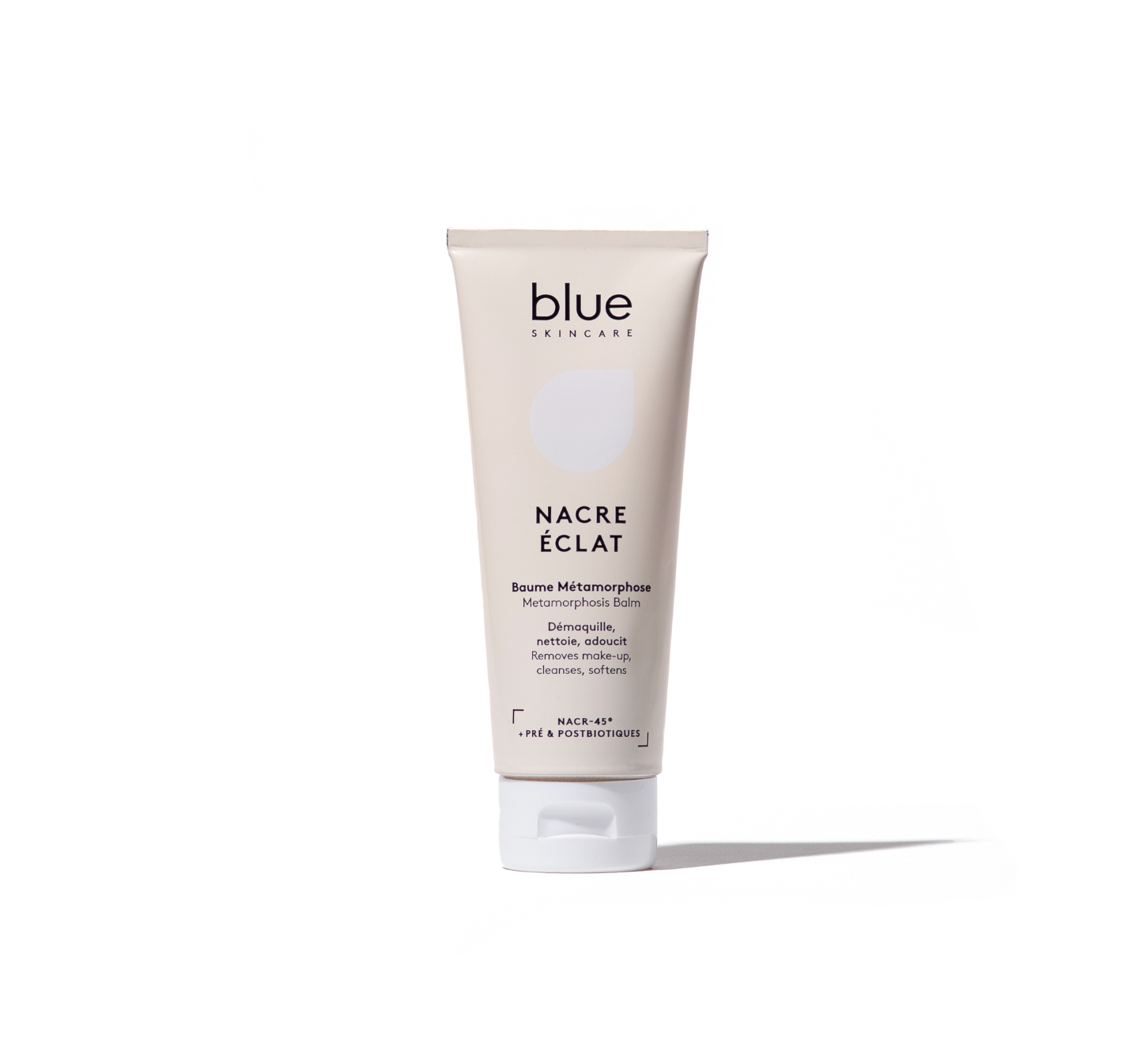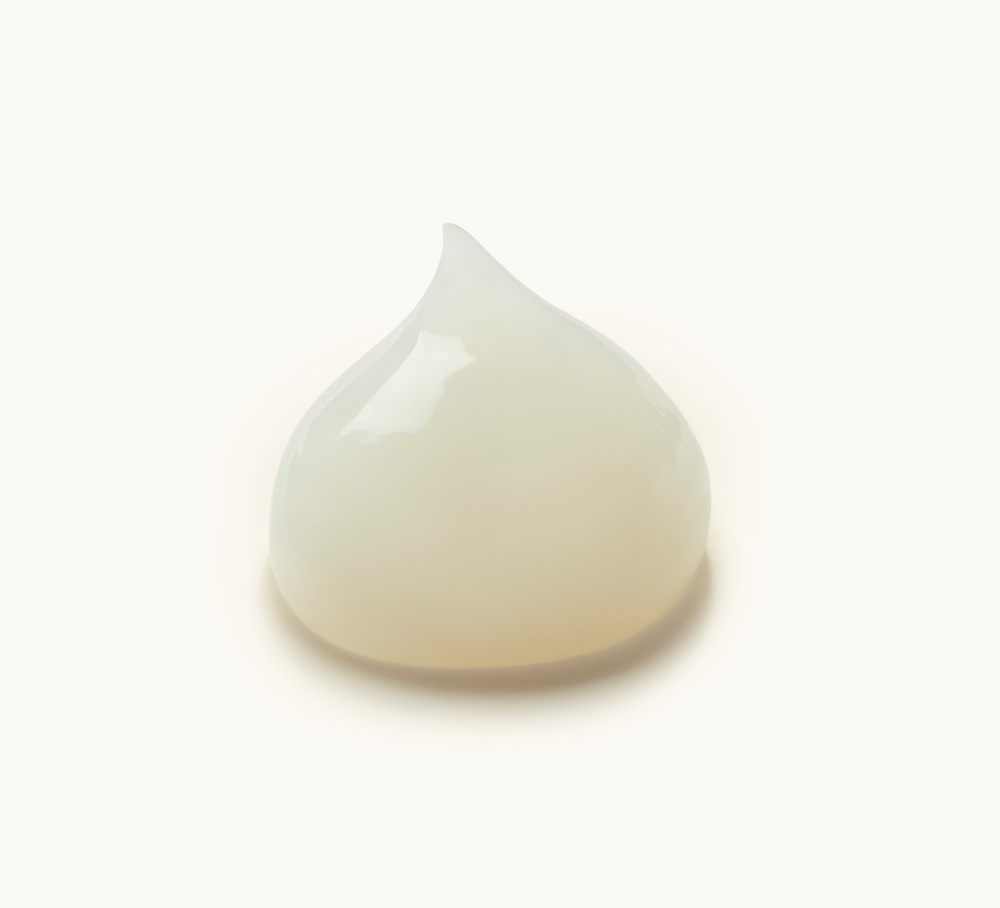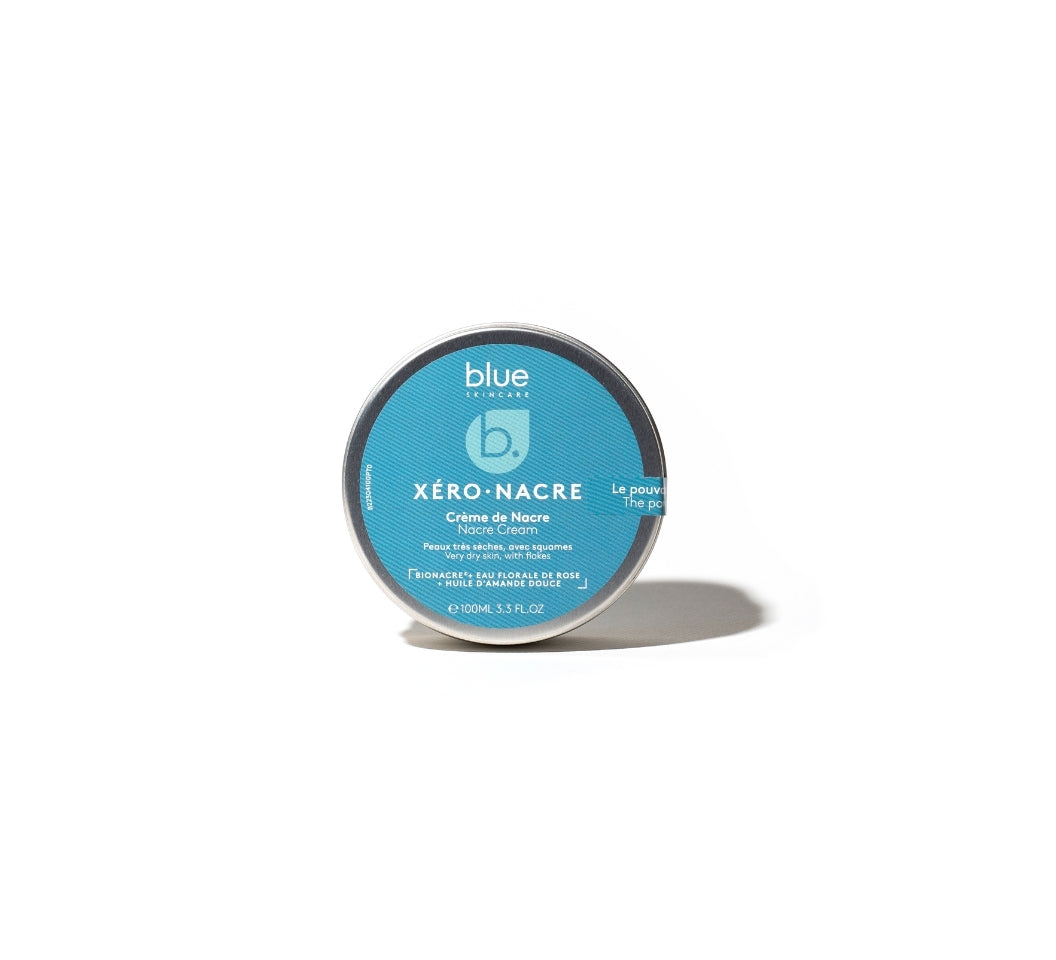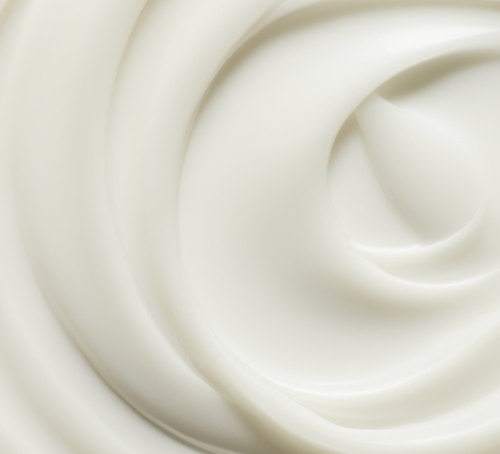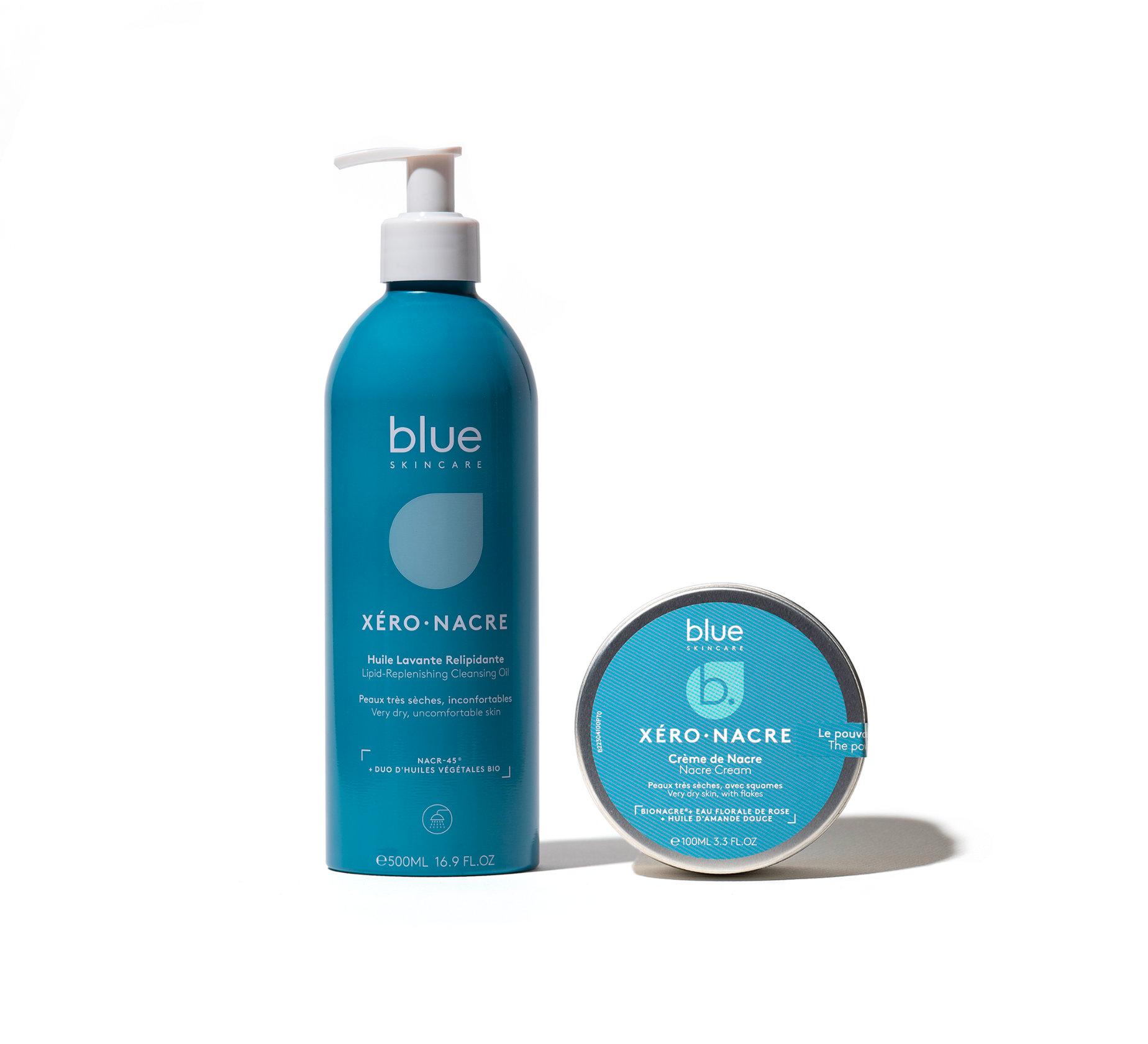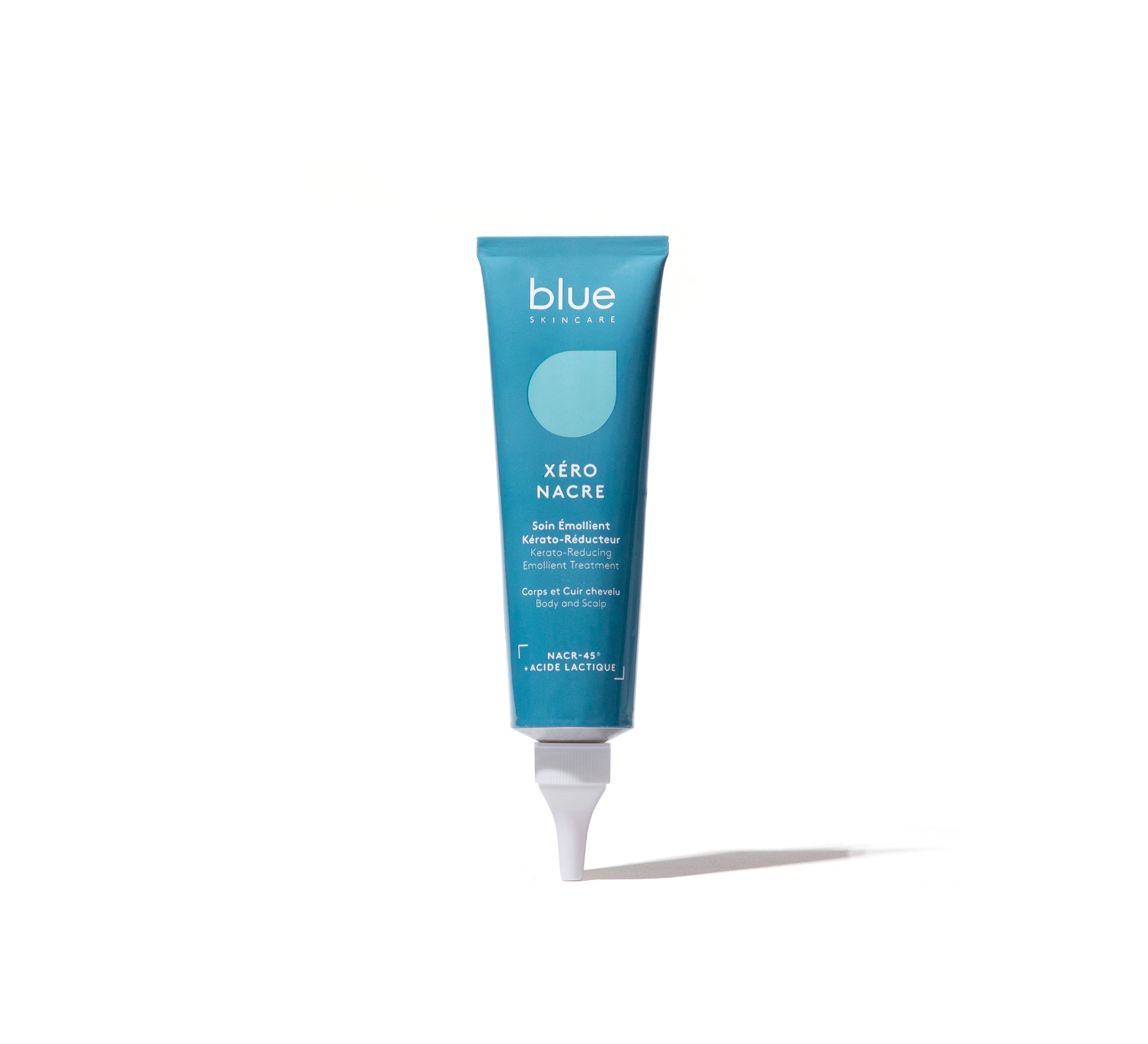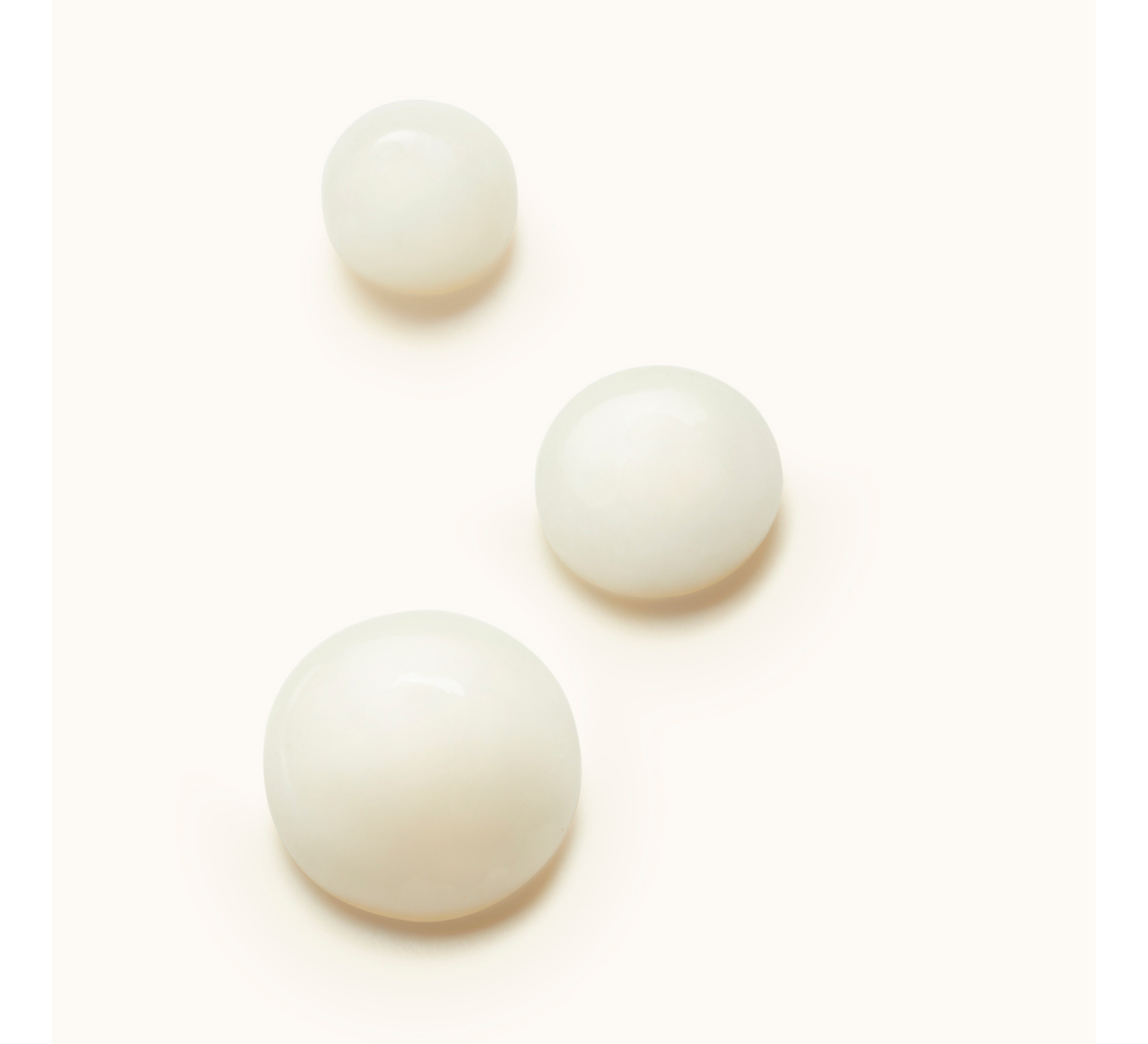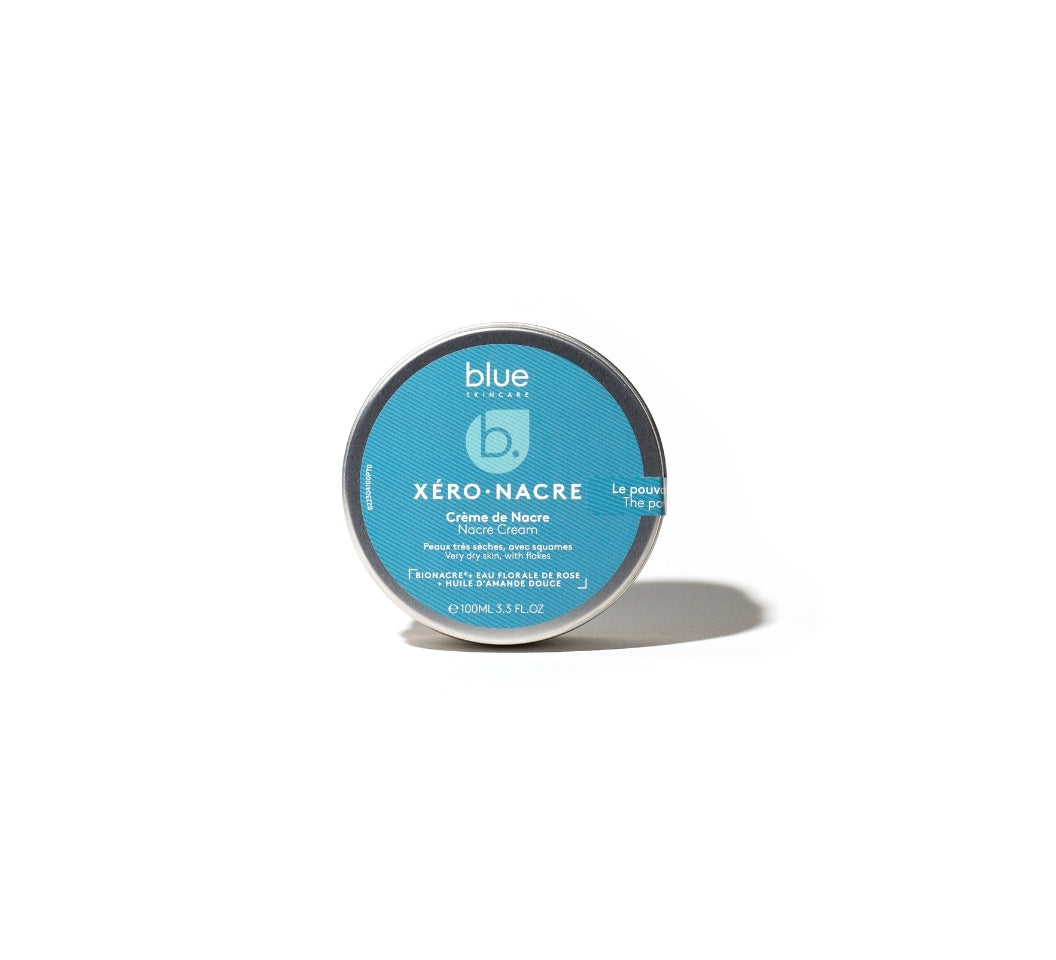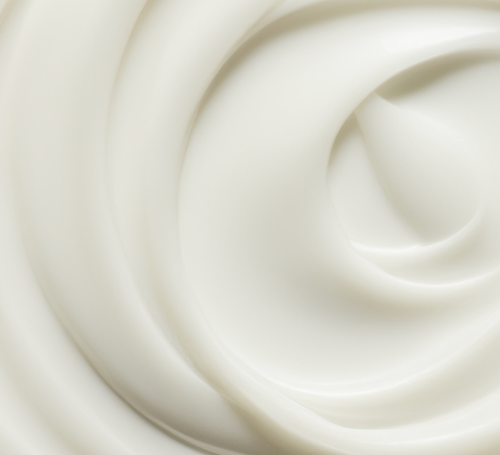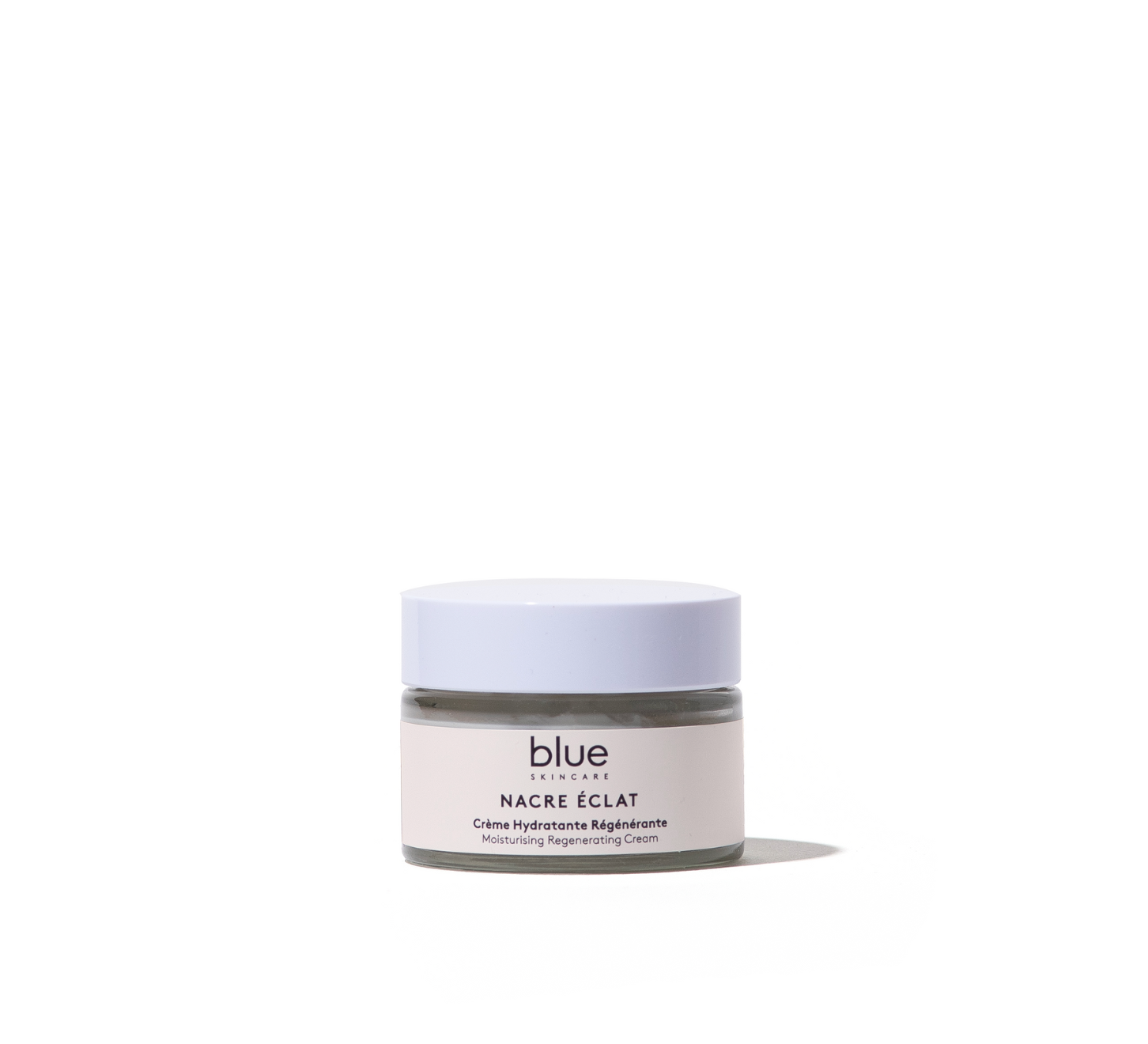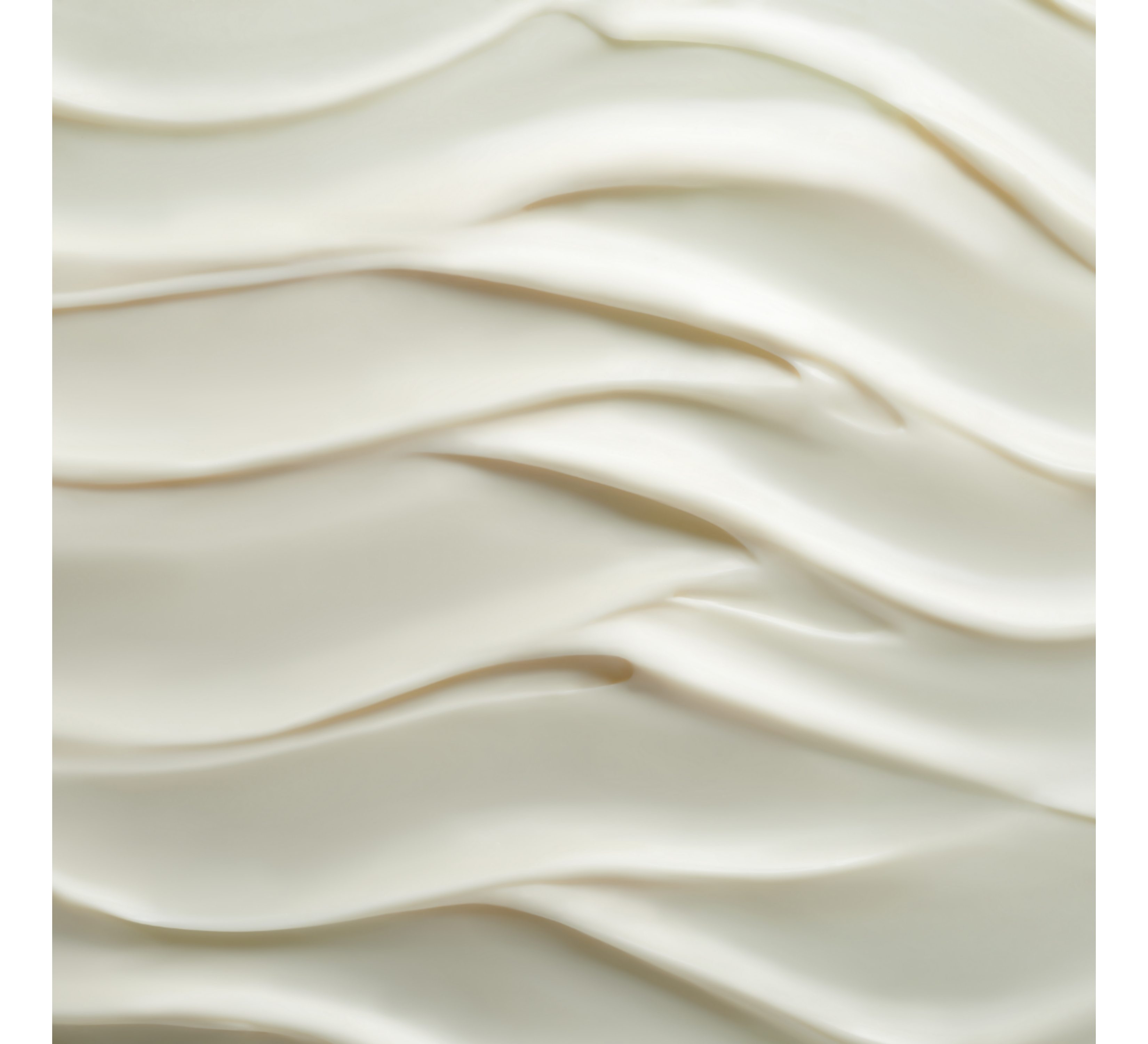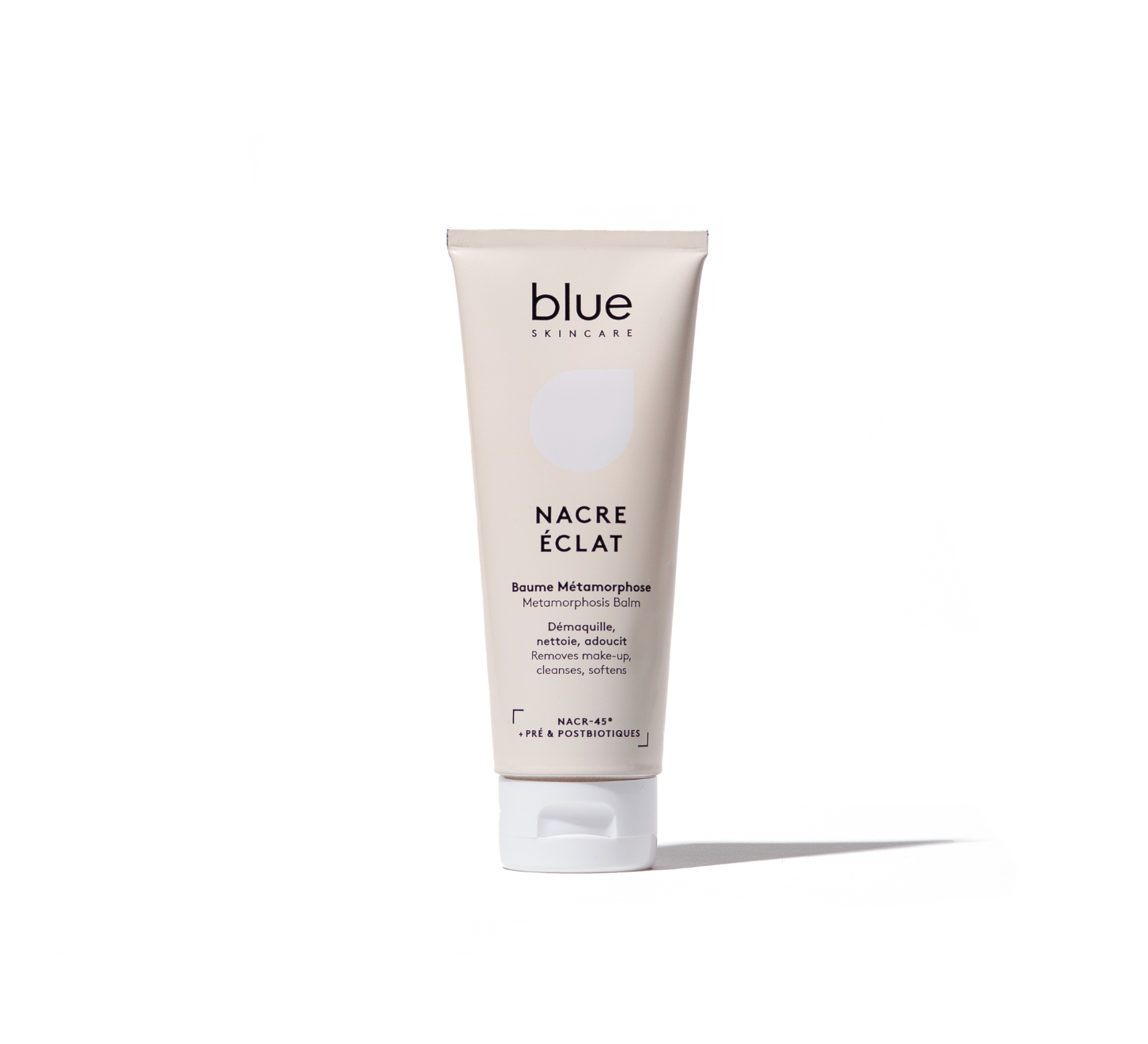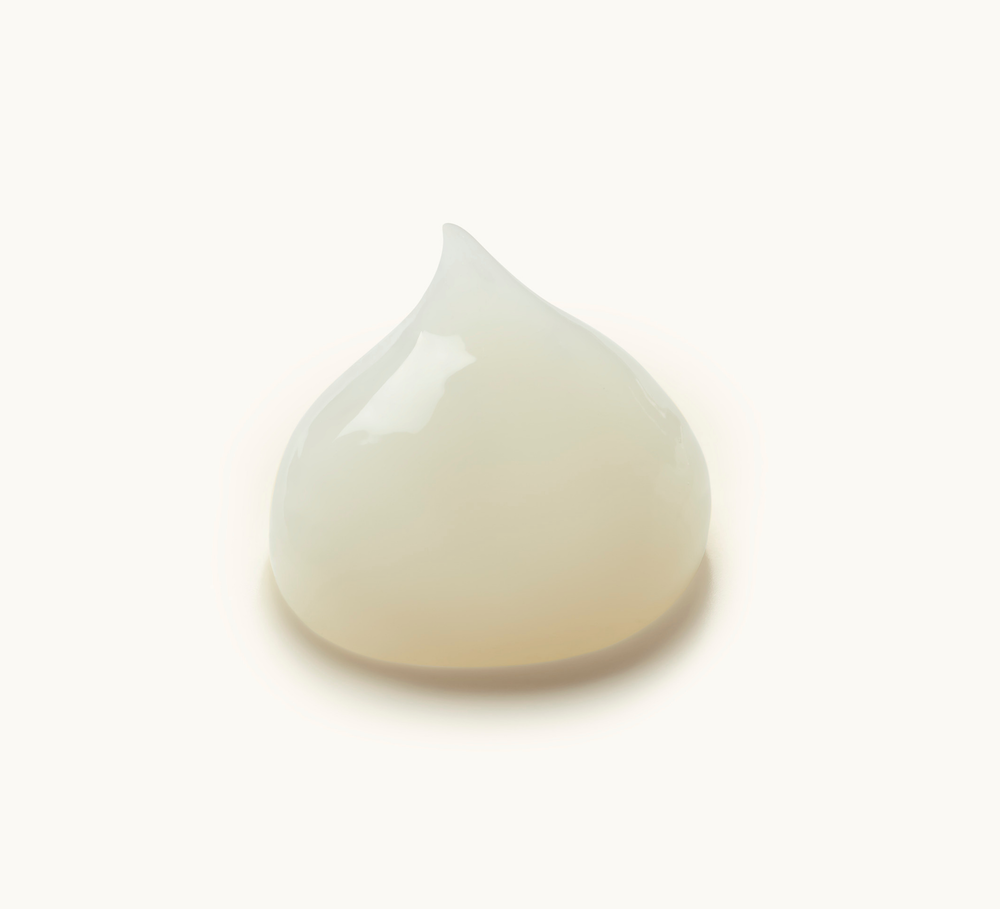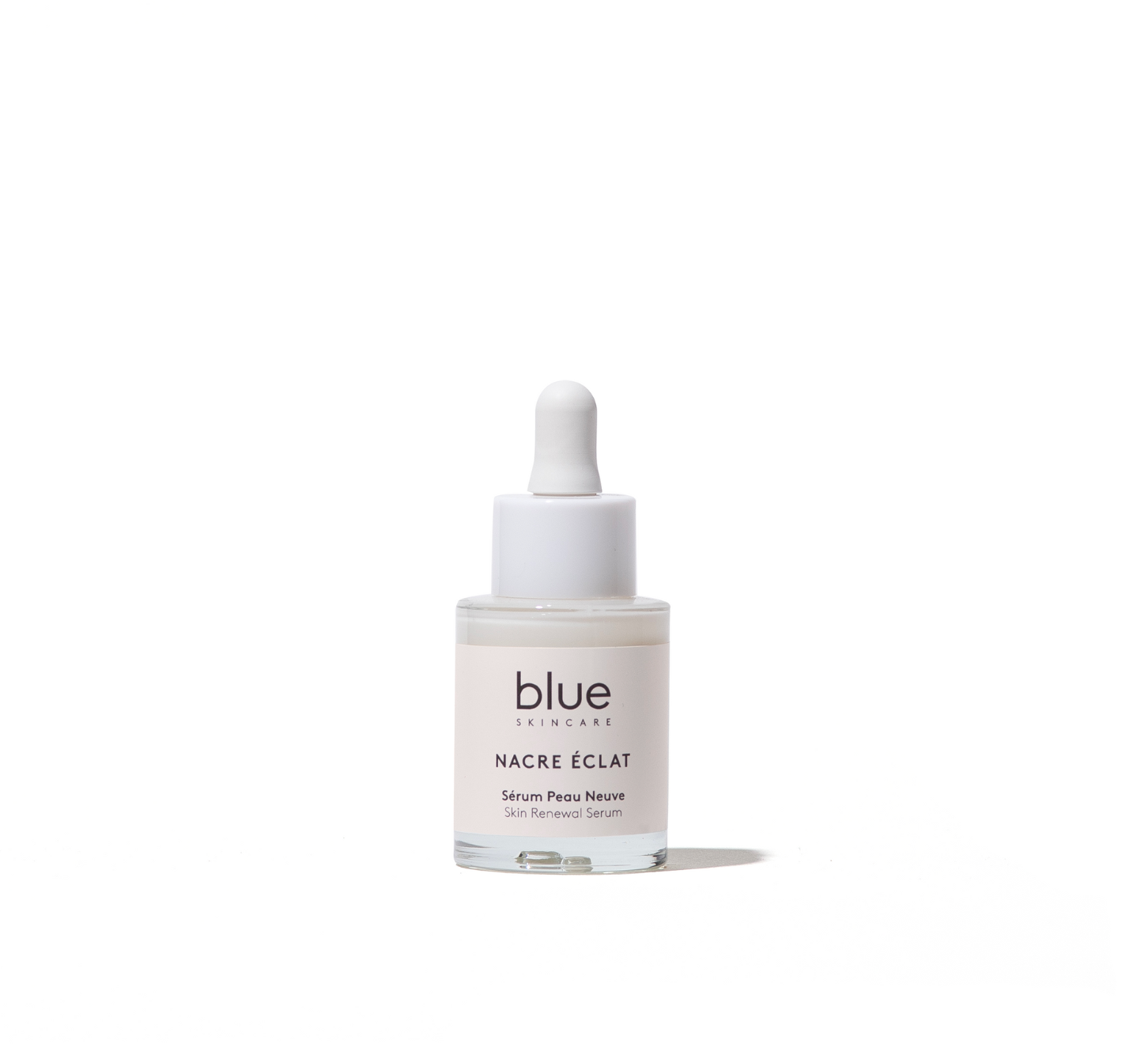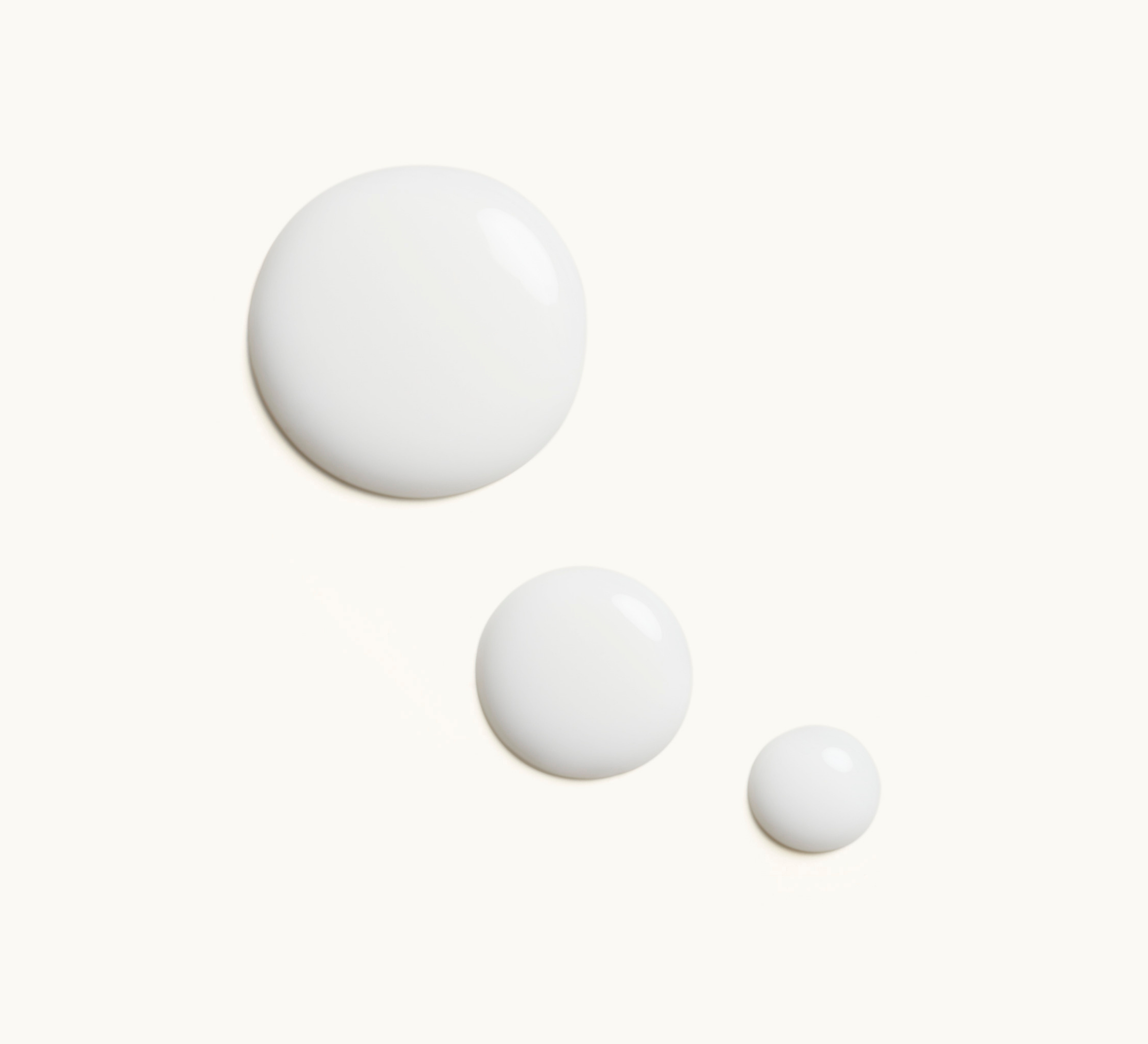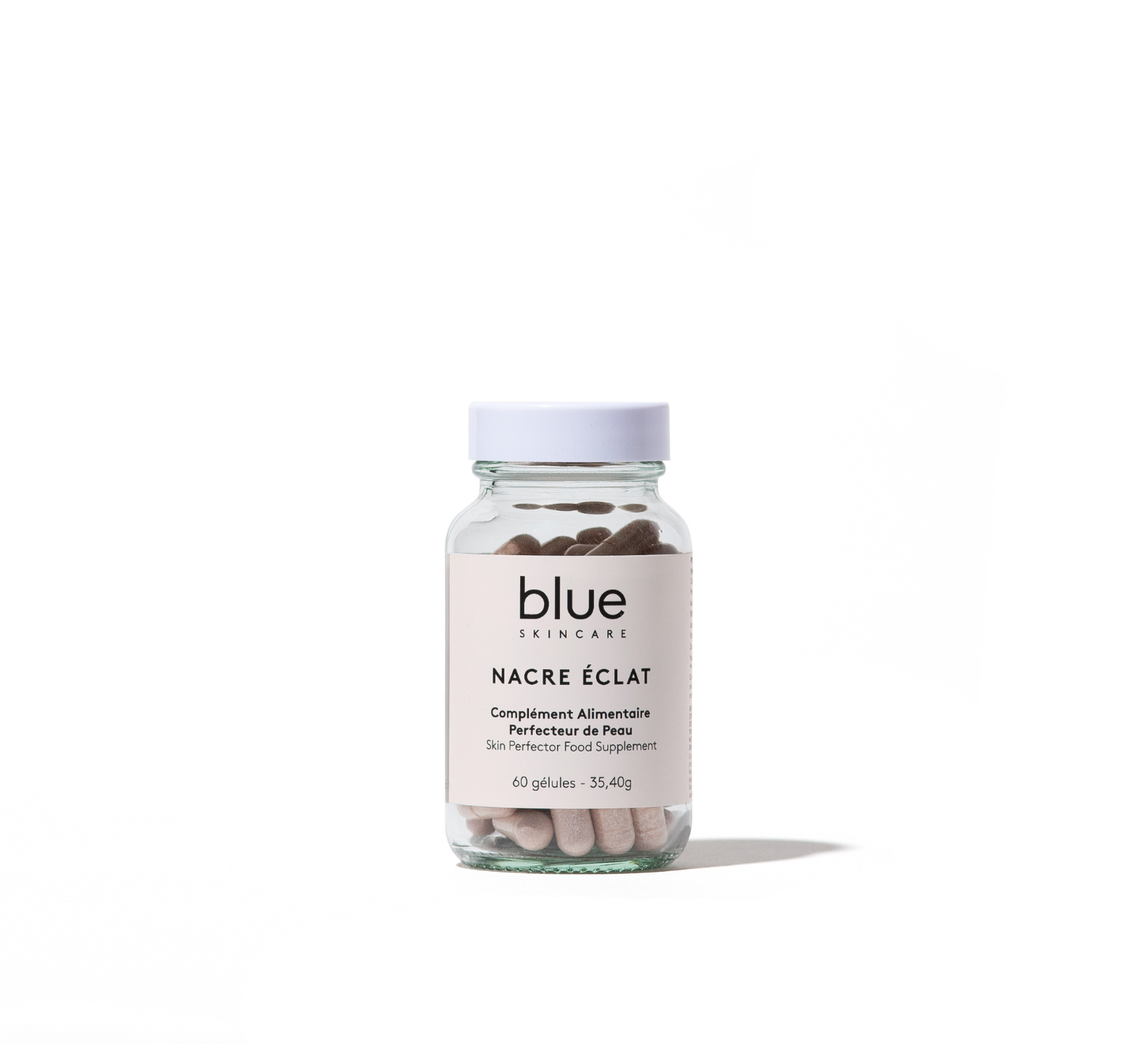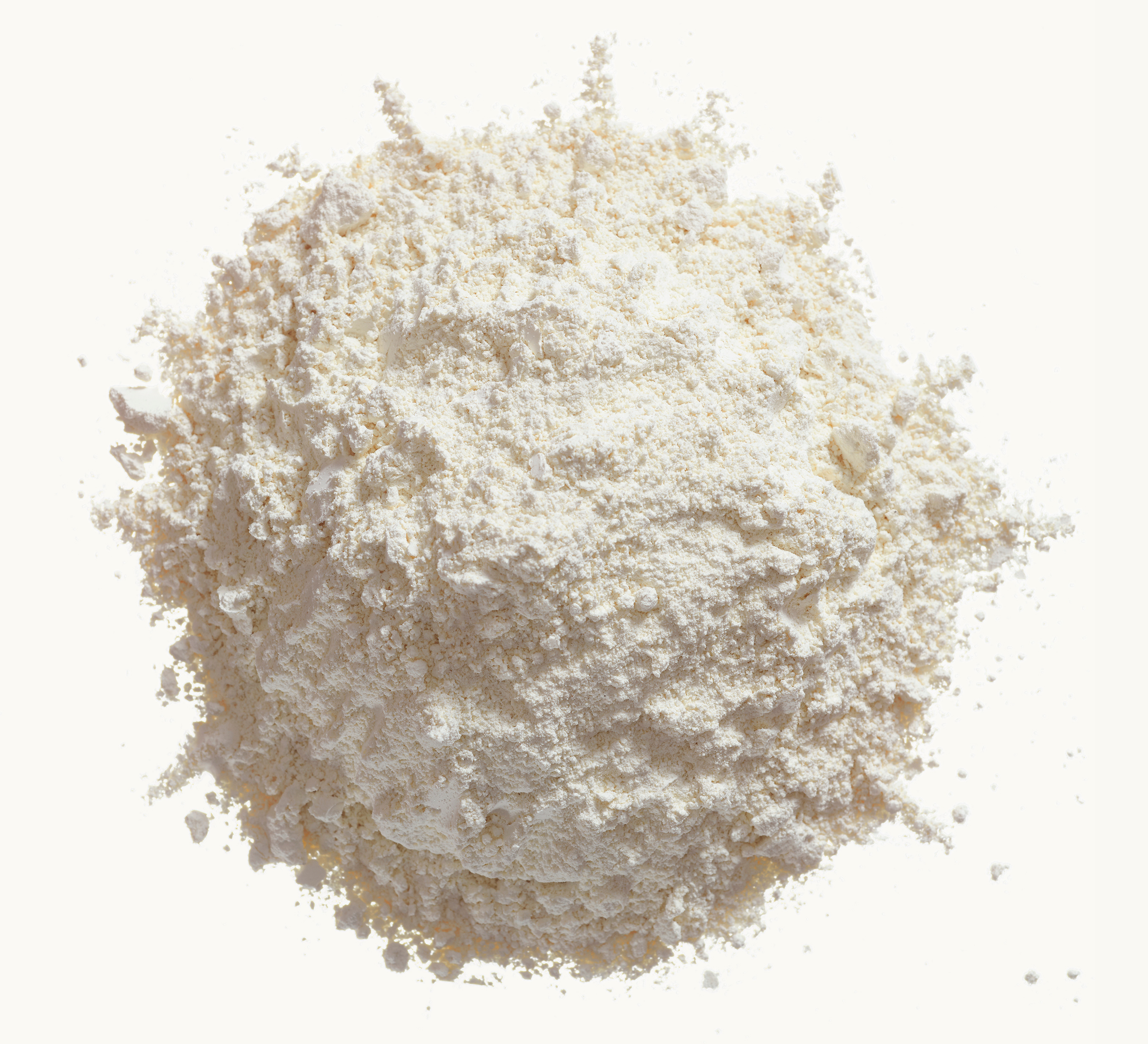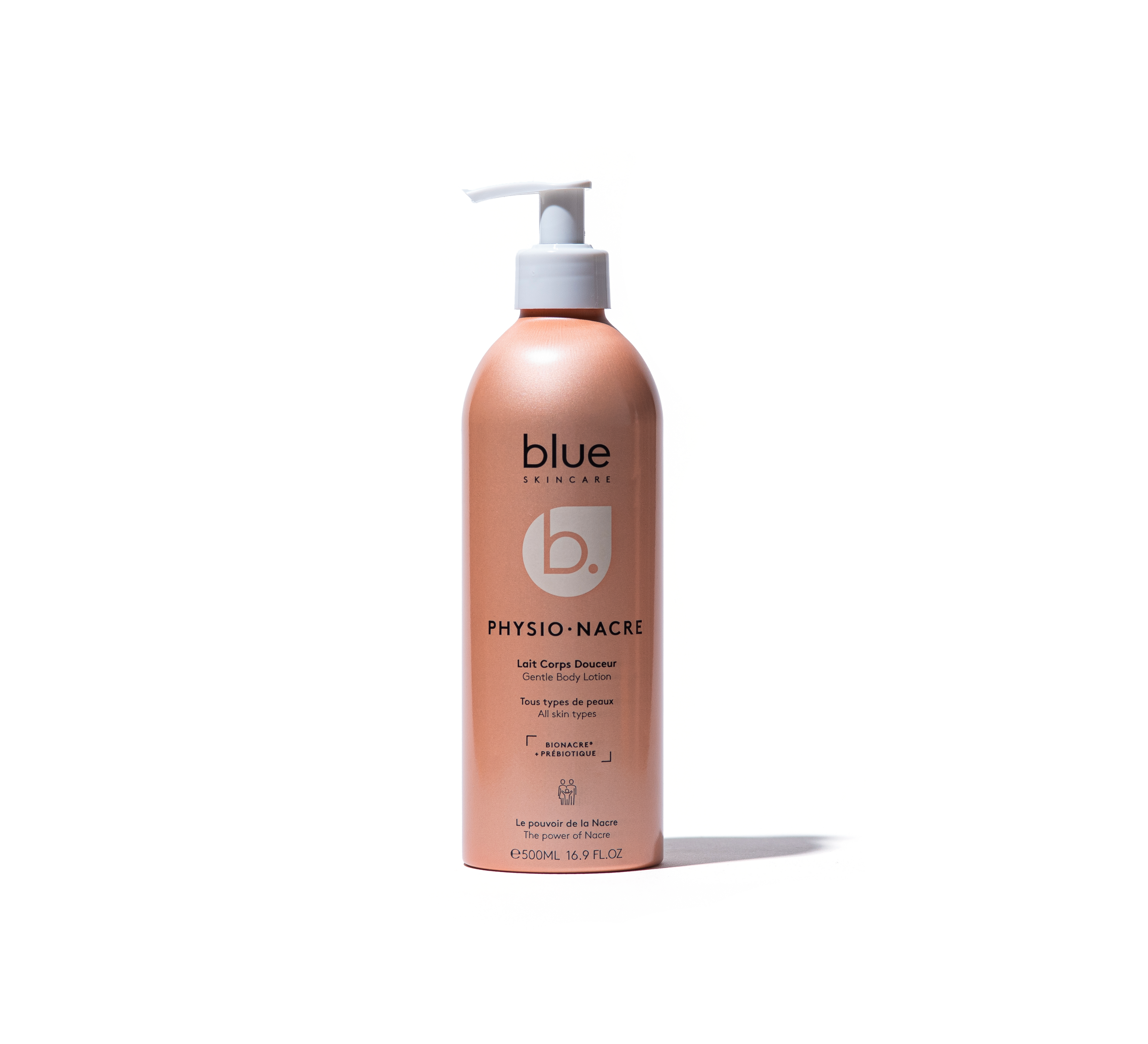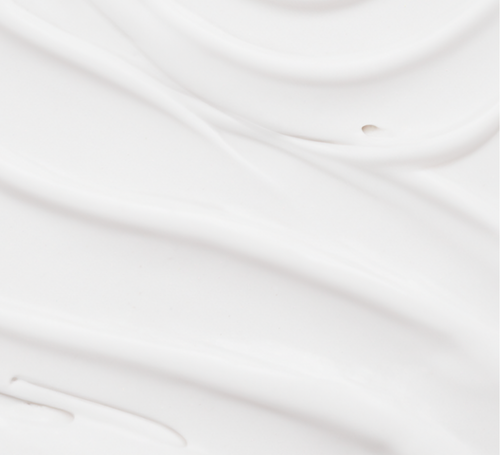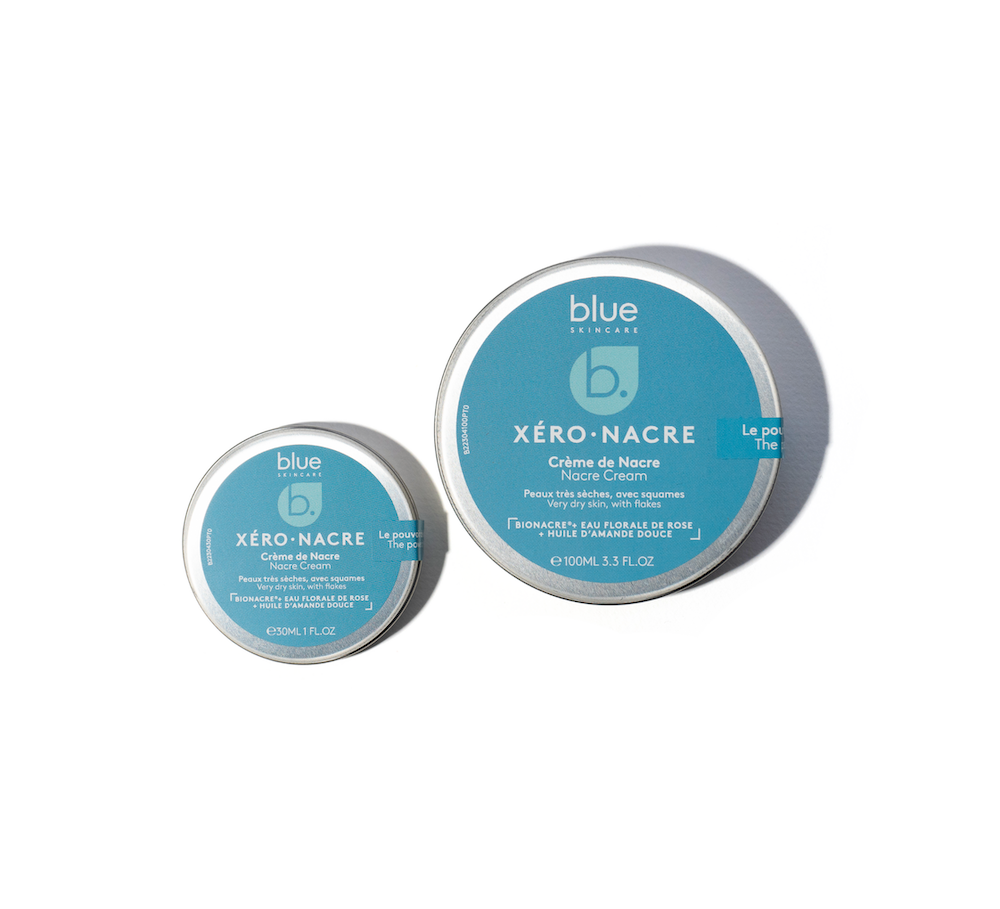After a wave of madness about fruit and vegetable juices, we wonder if it is really smart to sip these orchard fruits and garden vegetables all day long! Here's the lowdown on these drinkable plants.
The famous recommendation "5 fruits and vegetables per day", that's understood. We even thought we had THE solution by greedily swallowing a large glass of multi-fruit every morning to stock up on vitamins, minerals, antioxidants and water that the body needs so much. That was without counting the sometimes contradictory opinions of dieticians and nutritionists. Too sweet , not fibrous enough, but why should we burn what we loved?
Juices, a full express?
It's hard to fit two oranges, a kiwi and a sprig of parsley into a glass. But once all that's been through the juicer, technically, it's possible! Extracting juice from fruits and vegetables, cold, allows you to preserve all the good nutrients. But what are the real benefits? Since the body is made up of more than 70% water, hydrating it daily is vital. Since juices themselves are mainly made up of water (between 80 and 90%), they guarantee optimal hydration.
But beyond that, it is the nutrient content that interests us. A bit like a clone, juice contains exactly the same properties as the fruit or vegetable from which it is extracted. Devoid of "material", essentially fiber, it is easier to digest and is a delight for people with digestive problems. Because assimilating a liquid is faster than assimilating food. But it is precisely because of its lack of fiber that fruit or vegetable juice is questionable.
We love juices because…
They aregood for your health !
They have the same benefits as fruits and vegetables, namely that they are alkalizing or basifying. Even when they have an acidic flavor (like lemon), they remain structurally alkaline and help ensure the famous acid-base balance essential for proper metabolic functioning. Consumed in front of red meat or fried food, they reduce its acidifying character.
They are rich in antioxidants, these famous molecules that prevent our cells from rusting and therefore aging prematurely. Full of vitamins, juices provide just the right amount that the body needs on a daily basis. As for minerals and enzymes, it's the same, the stars of orchards and vegetable gardens allow you to stock up.
Star fruits of juices





Passed through the extractor, cold, fruits and vegetables retain all their nutritional qualities. Indeed, without increasing heat which damages some of their virtues, the extractor is the ideal solution. In the top, we find:
Oranges and lemons:
They have always been the first to be pressed! Rich in vitamin C, their juices benefit from a great deal of sympathy and energy. Rich in flavonoids, they are allies in the fight against cholesterol. If their boost effect is proven, it is also thanks to the imagination they arouse, that they bring that much sought-after pep as soon as the glass is swallowed. The Coué method? A little, but it is interesting to remember that the brain, through thought and visualization, begins to secrete substances even before having physiologically benefited from the nutrients ingested. Thus, the simple sight or evocation of a lemon makes you salivate... and digestion begins!
The apple:
A super antioxidant fruit that fights cholesterol, boosts the immune system and is used as a base for most fruit juices.
Pineapple:
Rich in digestive enzymes, facilitates the assimilation of proteins in addition to playing a recognized antibacterial and antiviral role.
The tomato:
If enjoyed alone, it also combines delicately with vegetable and fruit juices to which it brings a touch of acidity and energy. It has plenty of pep, as it is rich in vitamins and antioxidants, including the famous lycopene acclaimed for protecting the eyes from premature aging.
And vegetables, the darlings of juices?
Vegetables are also included in the composition of juices:
The carrot:

With its reputation as a healthy-looking vegetable, because it is very rich in beta-carotene, it is as mild as it is sweet. It is also said to have antiparasitic and antimicrobial properties. It goes well with many fruits (apple, orange) and vegetables (beetroot, cabbage, parsley).
Cucumber:

Very rich in water, it is at the top of the vegetable juice stars. As a base, it goes well with all flavors. It is a slimming ally of choice thanks to its hydrating and draining power.
Celery:

Has long been appreciated, alongside tomatoes, by lovers of vegetable juice. It is the champion of potassium intake. It regulates blood pressure and, thanks to its diuretic properties, boosts detoxification.
Beetroot:

As its color would suggest, it is a powerful stimulant in case of anemia. It also has an anti-inflammatory role and pairs perfectly with milder flavors like apple. Cabbage has made its way into juice extractors! We love it for its digestive and detoxifying properties, and more specifically for its role as a gastric bandage.
Broccoli:
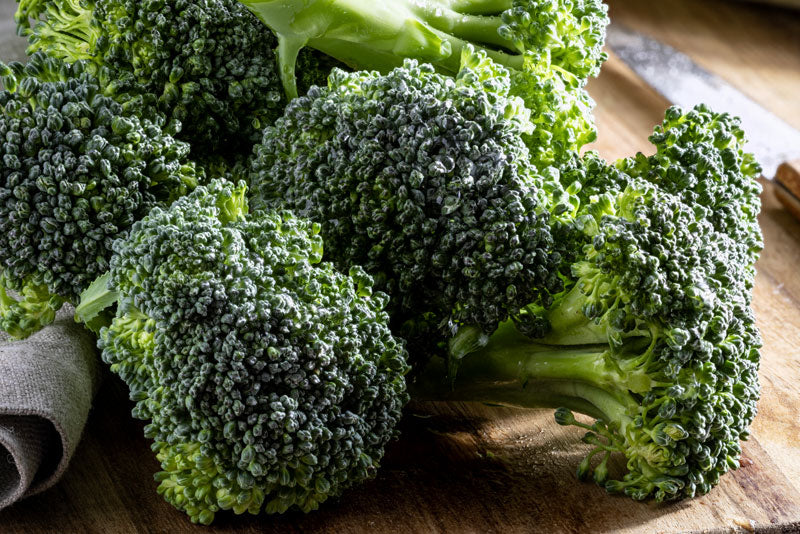
Which is rich in vitamin C and antioxidants, but also in chlorophyll (like all green vegetables), is a vegetable not to be neglected in juices. To be integrated into fruit and vegetable cocktails.
Sweet potato:

Like the potato, it is not considered "juicy" but finally, once passed through the extractor, it delivers a sweet and smooth juice, to be associated with the whole vegetable garden and the orchard, and its richness in vitamin C, copper and manganese makes it particularly interesting.
Fresh herbs:

Like basil, coriander and parsley, not only bring a very particular flavor that enhances all the associations, but a small pinch also deposits an interesting dose of vitamin C, chlorophyll and minerals. So we twist the juices with these herbs without hesitation!
Juices, false friends?
Of course, we love them. Of course, they offer a full range of vitamins in a single glass. But for some time now, they have been out of fashion. Have we overdone it? Has the trend for fruit and vegetable juice cures sounded the death knell for this healthy juicy trend?
Their main asset:
Allowing you to reach the "quota" of 5 daily portions much more quickly. But it is not without risks. A glass of juice is equal to approximately 150 ml of liquid, or approximately the equivalent of double the amount of fruit and vegetables (between 250 and 300 g), which is equivalent to approximately half of the recommended daily ration.
Other advantages?
These vitamin-packed champions combine very well with each other to the point of creating combinations that we would never have thought of proposing in the same menu (broccoli/orange/cucumber/parsley/apple!). For those whose intestines are attacked by certain fibers, they find in juices and smoothies a more painless way of consuming fruits and vegetables. But nevertheless, even a fragile intestine should not give up fibers which, although they can be irritating, are irreplaceable to ensure quality digestion.
What about fibers?
They guarantee good assimilation of carbohydrates, by slowing down digestion. They lower the level of bad cholesterol and serve as a sort of fertilizer for the intestinal flora . In addition, fibers that require significant chewing lead to a feeling of satiety that juice alone does not satisfy. Finally, it is the fibers that "carry" by mixing with them, the organic waste evacuated by the stools. As a result, after a glass of juice, we are hungry, even though we have just received a quantity of nutrients and calories often equivalent to a small meal.
Juices, yes, but not just any juice!
To combine pleasure and health, don't give up on juices. Learn to drink them at the right time and in the right quantities.
- Do not drink juice on an empty stomach , because the large amount of sugar is sent directly into the body, without being accompanied by fibers with a slowing effect. Drinking a large glass of fruit juice on an empty stomach is a bit like receiving a dose of sugar in an IV! In reaction, the body secretes insulin in order to "process" the amount of sugar and a few hours later, it is hypoglycemia. In passing, the amount of sugar stored in the cells is greater. In the long term, this is guaranteed weight gain, as well as an increased risk of diabetes and pathologies related to diabetes, including cardiovascular diseases.
- Do not drink more than one glass of fruit juice per day and, if it is at breakfast, always start with a glass of water to gently wake up the digestive system (The best: a glass of warm water, as close as possible to body temperature). Keep in mind that a fruit juice is a food and not water, water being an essential cellular messenger.
- A glass of juice, even multi-fruit juice, and even home-squeezed juice, does not replace a portion of vegetables at each meal.
- Always combine fruits and vegetables in a juice, focusing on 2 portions of vegetables and one of fruit.
- The right time is instead of a raw starter (at the start of the meal), instead of a fruit (for dessert), or instead of a snack.
Fresh or ready-made, is it the same?
No… because juices, even organic ones, are pasteurized in order to get rid of bacteria or the risk of developing them during their storage after opening. However, pasteurization consists of heating the juices to a high temperature, but in the process, the ones that suffer are the good nutrients and vitamins. The other major drawback of industrial juices is their salt and added sugar content. The caloric content is often salty!
Kefir, kombucha, kvass, shall we go?
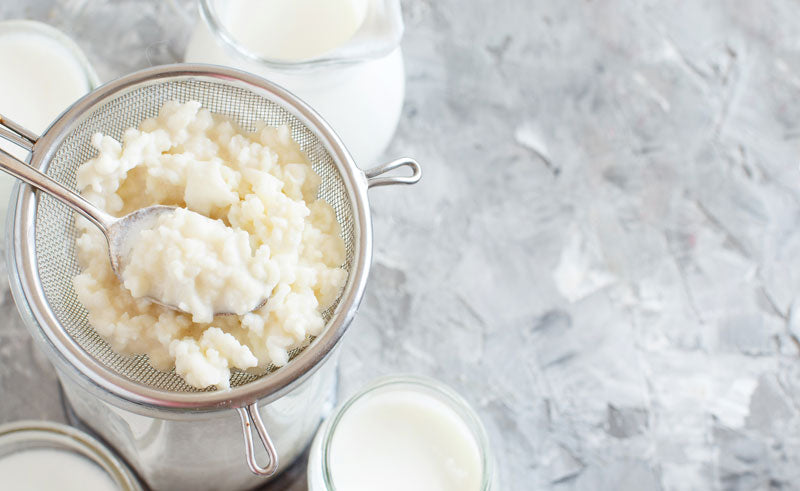


These are juices made from fermented fruits and vegetables . And what makes them so interesting is the fermentation. Rich in natural probiotics, these drinks (especially if they are prepared at home) protect and maintain the intestinal flora.
- Kefir is a slightly acidic carbonated drink, which is obtained by fermenting whey (from cow or sheep) with yeast in the form of kefir grains.
- Kombucha is a beverage prepared in a base of green or black tea, in which yeast, sugar or honey, a fruit or flavorings are added. As it ferments, kombucha becomes carbonated and rich in good yeasts that have developed during fermentation.
- Kvass (the most common version is made from beetroot) is a fermented, sparkling, slightly alcoholic drink (less than 1.2%) made from rye bread, beetroot, or fruits such as raisins or strawberries. It is used in some Eastern countries (especially Ukraine) as a base for soups or stews. It is also sold on the streets as a cold drink in the summer.
And the water?
If there is one drink that will never be advised against, it is water. As revered for what it provides as for what it drains, water is the cellular fuel par excellence, the organic protector (it behaves like airbags surrounding and protecting most of our organs) and it is the one that carries messages from one cell to another, hence the need for the message to be pure without the presence of sugar. Always choose water with a low content of dry residues (and therefore minerals). It may be less interesting from a nutritional point of view, but less expensive for the kidneys, whose major role as emunctory and therefore waste drainer it reinforces.
In conclusion: yes, (homemade) fruit juices are healthy, they are clean.
In summer more than ever, it is a delight to prepare a vitamin juice. But drinking it every day and several times a day as you would with water, tea or herbal teas, no. To quench thirst (which manifests itself precisely when you have not drunk enough water), we forget about fruit juice (or fruit & vegetable juice) that we reserve for pleasure breaks. Finally, if we have the reflex to prepare a fruit juice rather than a vegetable juice, we systematically think of combining them, if we have a juice extractor. Together, they offer a more balanced acid-base formula than a pure fruit juice.
And last tip: if drinking water is not yet a reflex, set an alarm every hour, between breakfast and dinner to drink a glass of water, avoiding meal times. It is at this rate that drinking water will become natural, and you will then be able to think of your fruit and vegetable juice recipes as real rewards!
